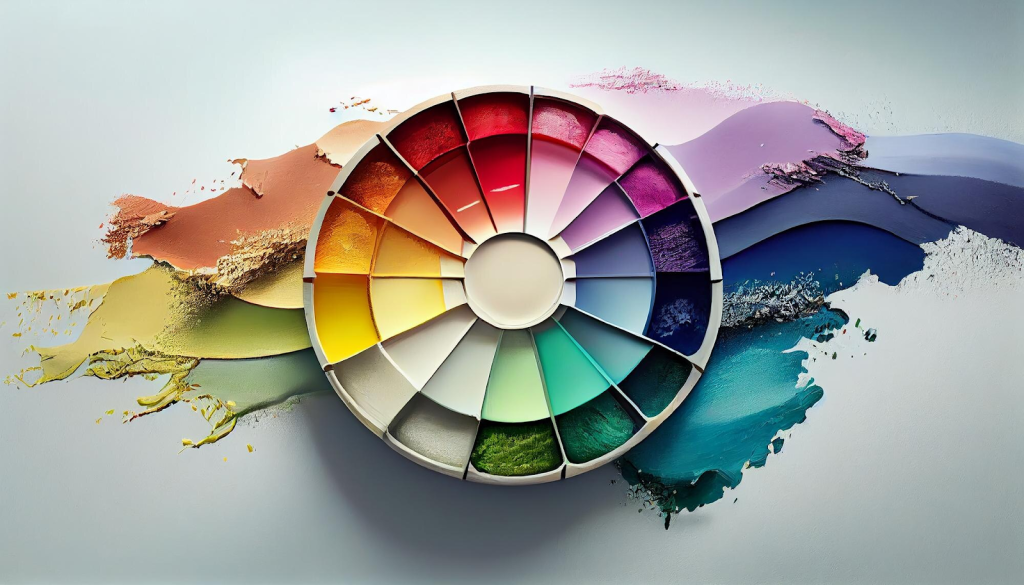
|
Getting your Trinity Audio player ready...
|
Process and spot color print are the two most widely recognised color forms in the printing industry. You will use one or the other for your printing project, depending on whether you desire high-quality, long-lasting business cards or exquisitely haptic soft-touch brochures.
Printing
Printed materials are essential for virtually every industry. Custom labels, packaging, transportation materials, and more must be printed to maintain your business. Whether you’re using a home label printer or a professional label printer, you may have observed color differences between print jobs. This may result from the color process your printer employs – process color or spot color.

It is essential to distinguish between the two, as they influence the printing method, ultimate appearance, impact, and cost of your project. But what are the actual distinctions between spot and process color?
Process Color
The most prevalent printing technique involves process colors, a method of mixing inks to produce colors during the printing process itself.
A process color is created by combining the four standard process inks: cyan, magenta, yellow, and black (CMYK). Each process color consists of varying proportions of each CMYK color model. Different proportions produce distinct tints.
For example, combining 100% cyan and 100% magenta makes a violet hue.
Use of Process Colors
Process printing is optimal for colorful, detailed designs. Photographs or photo-quality images print much better with process colors than spot colors. Process printing can also be practical and economical for small to medium-sized print tasks.
If color is crucial to your brand’s identity, find a printer with spot colors. Process or CMYK printing is the best option when color consistency is not your top priority.

Explore Furthur: Exploring the Benefits of Simulated Process Printing
Spot Colors
In contrast to the combination of four standard colors used to create process colors, spot colors are produced by laying down pigments in a single pass.
The printed image comprises pure and mixed inks with no distinct screens or multicolored dots. Each printing color requires a separate plate and press, making them more expensive than process colors.
In contrast, the image created with spot colors is livelier, sharper, and provides more uniform coverage than its counterpart. Pantone Matching System is the most common example of spot colors in the printing industry. It has a color palette of 14 primary hues (13 base pigments and 1 black hue), and other hues are produced by combining hues using a unique formula.
Use of Spot Colors
When color precision is crucial for your brand, you must use spot colors. Because spot colors typically use pre-mixed pigments or adhere to a specific standard, such as the Pantone Matching System, color variations are much less likely than process colors.

In addition, you can print a broader range of hues with spot colors, making it simpler to dial in brand colors and achieve the desired effect. Printing with spot colors is much cheaper and more accurate in terms of color when compared to printing with process colors when a single color is used across all printed materials.
Choosing the Correct Color for Printing
Before determining whether spot color or process color is ideal for your print job, you must choose offset and digital printing.
Offset printing is the only option for using spot colors. If you choose digital printing, the color scheme will be used to create your colors. If your electronic files were created on a computer using the RGB standard, they must be converted to CMYK. This industry term indicates that the final print will closely resemble what you see on your computer screen or what you printed at home. When considering the colors of logo, it’s important to choose a printing method that accurately reproduces your brand’s specific hues.
Conclusion:
Both process and spot colors are commonly used in the printing industry, but their application depends on the needs of the printing project and the desired outcome. Spot color printing should be considered if you want to reproduce the precise colors of your logo or achieve color consistency across all of your projects.
On the other hand, if you have a limited budget but require full-color printing involving multiple hues, you should opt for process color printing. Determine the project’s requirements and then choose the appropriate alternative.
Expand Your Understanding:
- A Guide to Embossed and Debossed Printing Techniques
- The Art of Printing Plates – Modern Printing Processes
- Essential Equipment Needed for T shirt Printing




















